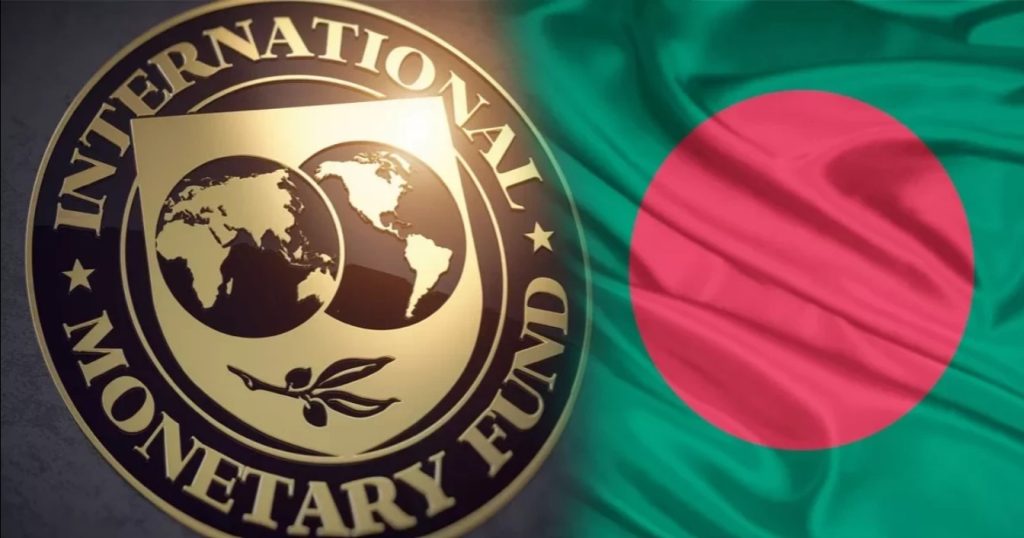Is Bangladesh, the latest applicant for an IMF loan (likely to be $4.5 billion) going the same way as Sri Lanka and Pakistan? No, the other two went to the IMF after emptying their coffers whereas Bangladesh is seeking precautionary assistance when its forex reserves are still a healthy $40 billion, enough to cover five months of imports. Bangladesh’s public debt is just 36% of GDP, with an external component of only 14%, mostly on highly concessional terms. But it has been hit by the sharp rise in oil and fertilizer prices, while a global recession is hurting its exports. Bangladesh has been forced to raise oil prices after resisting that move for months, stoking street riots. It is clever politics for the government to blame the IMF for necessary tough measures to cut subsidies and prune other spending.
Unlike Sri Lanka and Pakistan, Bangladesh has been highly selective in choosing projects to be financed by China’s Belt and Road Initiative (BRI). This includes a major bridge across the Padma river, a tunnel under the Karnafuli river and an expressway connecting Dhaka with Sylhet. These are viable projects, not the white elephants funded in Sri Lanka for political reasons. Bangladesh has also got a loan of $3.8 billion from India. Its Prime Minister Sheikh Hasina is about to visit India to expand the Comprehensive Economic Partnership Agreement (CEPA) between the two countries. Bangladesh has long played off India against China, obtaining loans and technical assistance from both on favorable terms.
In 1981 India sought its biggest‐ever IMF loans to tackle the second oil shock. This was a precautionary move to build a buffer in case the shock worsened. But oil prices soon eased and India did not draw the final loan instalment. Bangladesh is using a similar approach right now. Its application to the IMF is a sign of good management, not crisis.
Source: https://www.cato.org/


